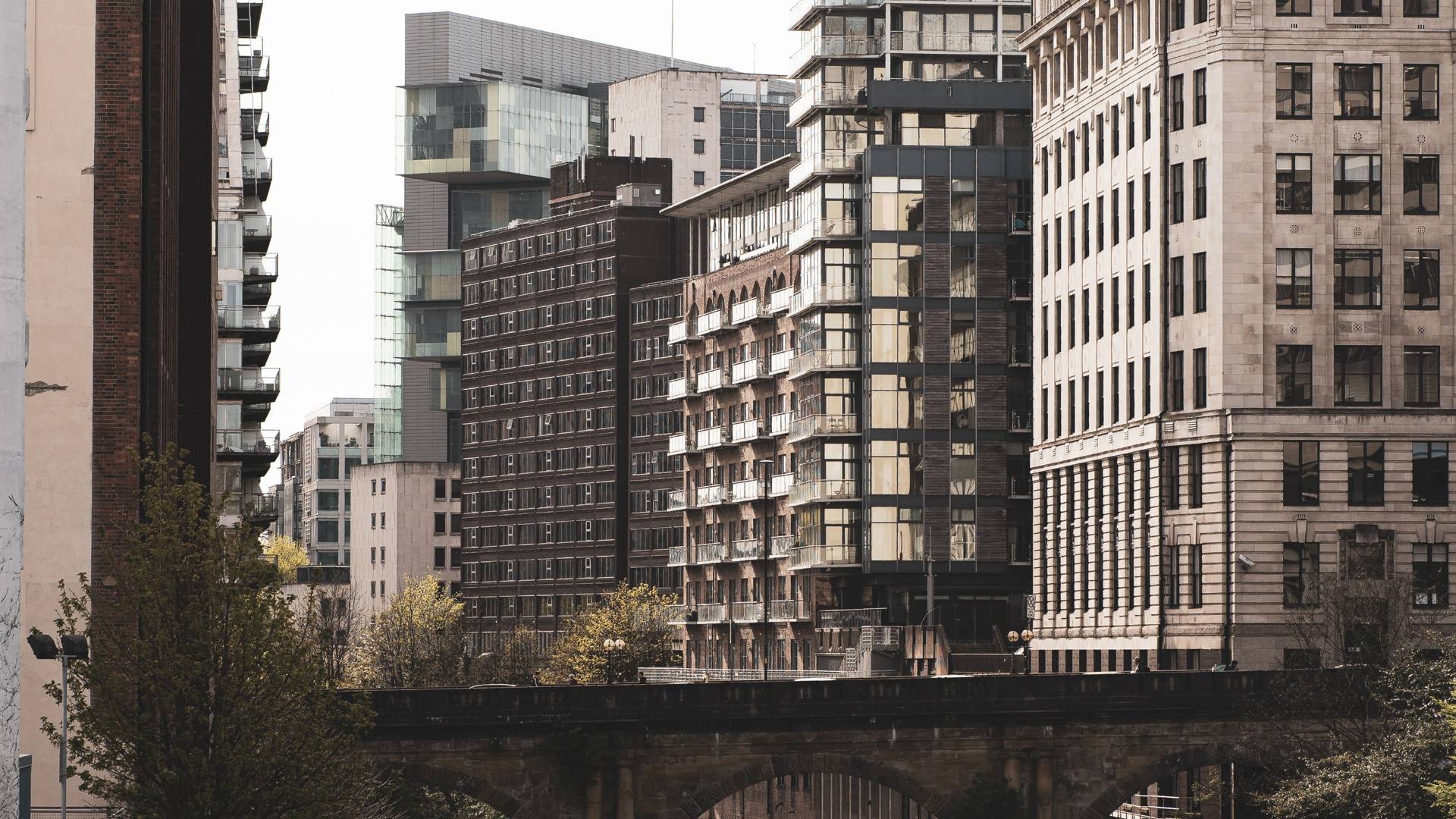
Structural Safety
Latest
-
Today, Thursday 24 April, UK Finance has published an update to the current lender statement on cladding. This update covers:
- Reliance in the mortgage journey on EWS1 forms more than five years old; and
- The scenario of an EWS1 form in the mortgage journey by an invalid signatory
Leaseholders and prospective buyers will now have more clarity on purchasing homes with building safety issues, following a key update from mortgage lenders and the Royal Institution of Chartered Surveyors (RICS) regarding EWS1 forms.
To read the UK Finance lender statement update in full CLICK HERE
-
The Home Office has published its post-consultation response to the Emergency Evacuation Information Sharing Plus consultation.
The Minister of State, Rt Hon Dame Diana Johnson DBE MP, said:
"We will move to lay Regulations to deliver the Residential PEEPs policy. Our engagement with key stakeholders, including disability stakeholder organisations, will continue, to help to ensure a smooth road to implementation, including the production of supporting guidance that will sit alongside the Regulations."
You can read the full response here
- Fire Safety
-
Seven years have passed since the tragic night when Grenfell Tower was engulfed in flames, leaving an indelible scar on our collective conscience. Today, as we remember the 72 lives lost, The Property Institute (TPI) stands in solidarity with the survivors and the Grenfell community, who continue to seek justice, and we urge the next Government to get on with remediating unsafe buildings.
The Grenfell Tower fire was a preventable disaster – the consequence of a series of systemic failures and regulatory oversights. Combustible cladding, inadequate fire doors, and a dangerously flawed stay-put policy turned the tower into a death trap. The aftermath revealed the urgent need for comprehensive safety measures. Seven years on, we have a new regulatory regime, but there remain many challenges ahead to ensuring buildings – and more importantly, residents - are safe.
-
The final Grenfell Tower Inquiry report will be published on 4 September, it has been announced, following hearings to determine how the Kensington tower block came to be in a condition that allowed fire to spread.
The second report into the 2017 disaster, which claimed 72 lives, comes after a seven-year long inquiry which examined 1,500 witness statements and 300,000 documents.
A brief notice on the inquiry website said: “The inquiry has written to core participants to inform them that the phase two report will be published on Wednesday 4 September 2024.
”Further information about the arrangements for publication will be published in due course.”
The report follows the final hearing in the inquiry’s second phase, which examined how the tower block came to be in a condition that allowed fire to spread, in November 2022. The first report into the inquiry, which established a factual narrative of events, was published in October 2019.
The report comes a day after the Metropolitan Police said a total of 19 firms or organisations and 58 individuals are currently under investigation in relation to the disaster, by a team of 180 dedicated officers and staff.
It said criminal trials for the Grenfell Tower fire will not begin until 2027.
- Building Safety Act